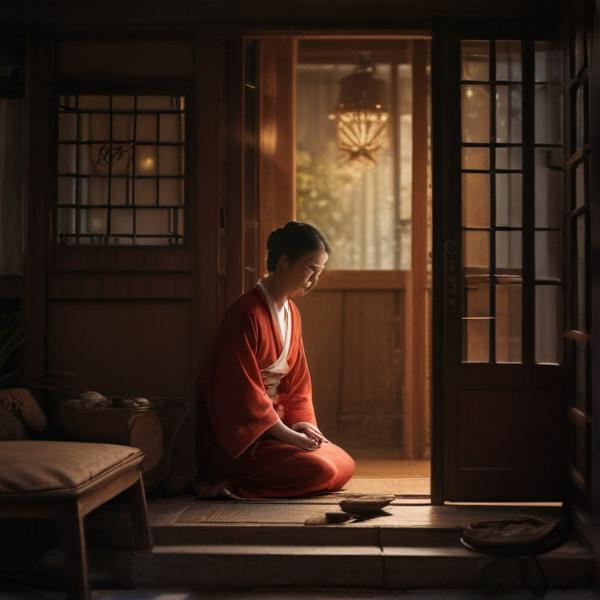基本信息 (Basic Information)
含义与用法 (Meanings & Usage)
中文核心释义 (Core Chinese Meaning): 黄莺,一种小型鸣禽,羽毛多为绿色或黄色,善于鸣叫。
英文核心释义 (Core English Meaning): oriole; a kind of small songbird, predominantly yellow or green, known for its beautiful singing.
象形意义 / 为何这么写 (Pictographic Meaning / Writing Rationale)
文言文释义 (Classical Chinese Meaning)
与现代意义相近,主要指黄莺,也作为美好声音、春天意象的象征。Similar to modern meaning; mainly refers to the oriole and also symbolizes beautiful sounds and spring imagery.
深入学习 (In-depth Study)
字源故事 (Origin Story)
字形演变 (Character Evolution)
常用词语和例句 (Common Words & Examples)
黄莺 (yellow oriole)
春天,黄莺在枝头歌唱。
Eng: In spring, the yellow oriole sings on the branches.
莺歌燕舞 (orioles sing and swallows dance (a lively and beautiful spring scene))
田野里莺歌燕舞,一派生机。
Eng: In the fields, orioles sing and swallows dance, full of vitality.
相关成语 (Related Idioms)
莺歌燕舞
Meaning: Orioles sing and swallows dance; describes a vibrant and joyful scene, especially in spring.
多语言翻译 (核心释义) (Translations (Core Meaning))
- French: oriol
- German: Pirol
- Spanish: oropéndola
- Italian: oriolo
- Portuguese: papa-figo (ou rouxinol, mas mais corretamente 'oriol')
- Russian: иволга
- Arabic: طائر الوقواق الأصفر (أو طائر البلبل الأصفر)
- Persian: بلبل زرد (یا پرنده اریول)
- Dutch: wielewaal
- Polish: wilga
- Vietnamese: chim vàng anh
- Ukrainian: іволга
视频学习资源 (Video Learning Resources)
通过以下链接在热门视频网站搜索 "莺" 的更多讲解:
Search for more explanations of "莺" on popular video sites:
- 在 Bilibili.com 搜索 "莺 字源 说文解字" (Search on Bilibili)
- 在 YouTube.com 搜索 "莺 character origin etymology" (Search on YouTube)
网络参考 (Web References for "莺") ()
网络搜索信息待获取。Web search information pending.
更多图片 (莺 More Images) ()
